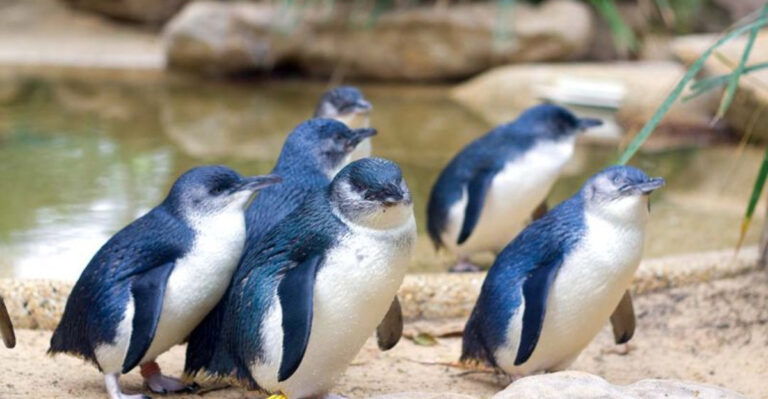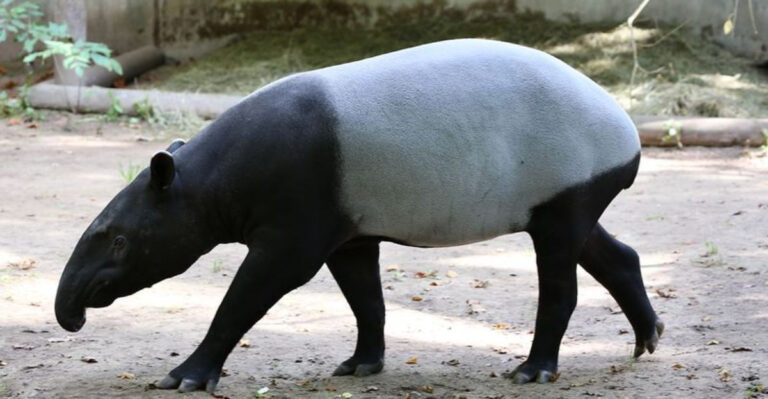13 Fascinating Blind Animals And Their Unique Survival Strategies
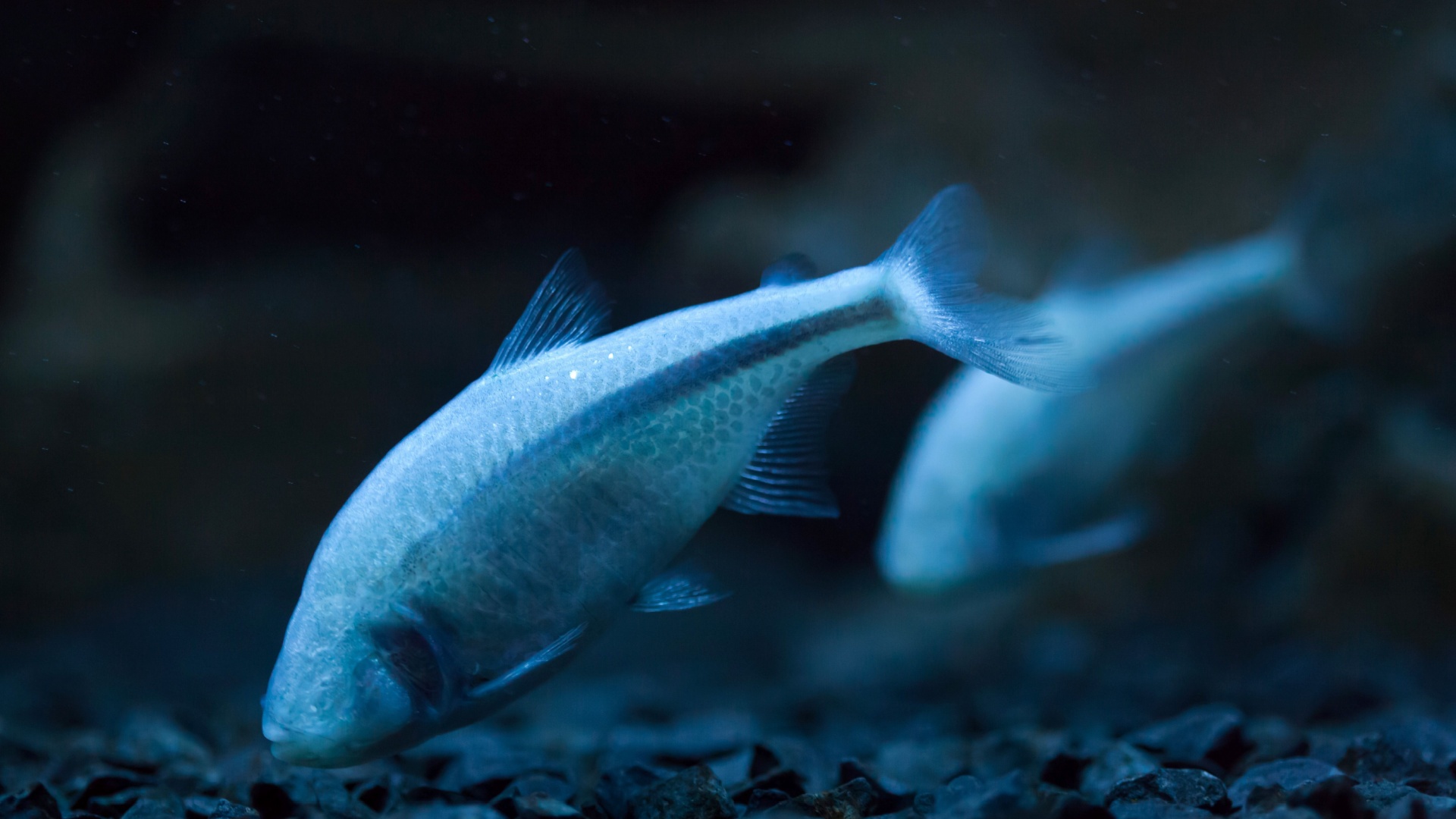
Nature is full of extraordinary adaptations, and some animals have evolved to thrive without the ability to see. Whether living in dark caves, burrowing underground, or navigating the deep sea, these creatures rely on heightened senses like touch, smell, and hearing to survive.
Their blindness isn’t a limitation but a testament to nature’s ingenuity, showcasing how life finds a way in even the most challenging environments.
Explore the remarkable world of blind animals and the innovative strategies they use to navigate and flourish.
1. Star-Nosed Mole
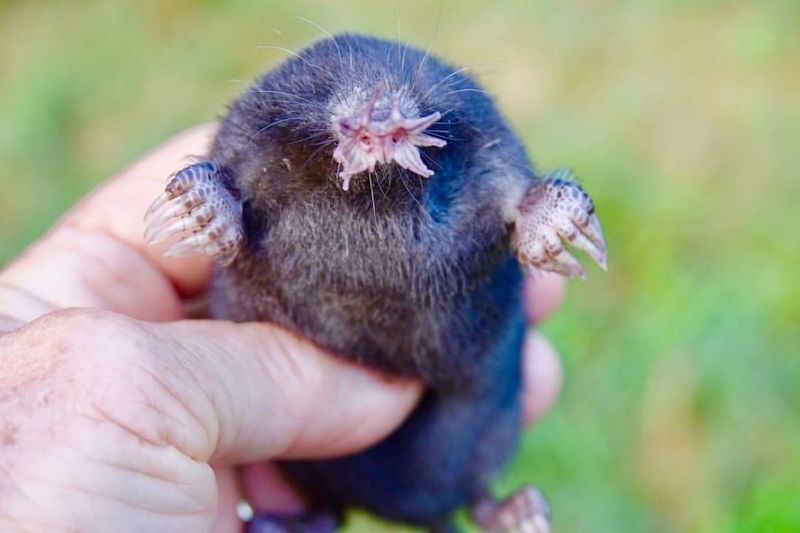
The star-nosed mole, native to North America, is a fascinating creature renowned for its distinctive star-shaped nose. This extraordinary sensory organ, made up of 22 pink, fleshy tentacles, is incredibly sensitive and allows the mole to detect prey and navigate its underground habitat.
Despite being blind, the star-nosed mole thrives in its subterranean world. Its nose compensates for its lack of vision, acting as a tactile sensor that can identify objects in a mere 8 milliseconds. This remarkable adaptation enables the mole to hunt small invertebrates and insects efficiently.
Living in moist, lowland areas, the star-nosed mole’s specialized lifestyle is a testament to nature’s ability to adapt and innovate. Its reliance on touch rather than sight illustrates the diverse strategies animals employ to survive and flourish in their environments.
2. Texas Blind Salamander
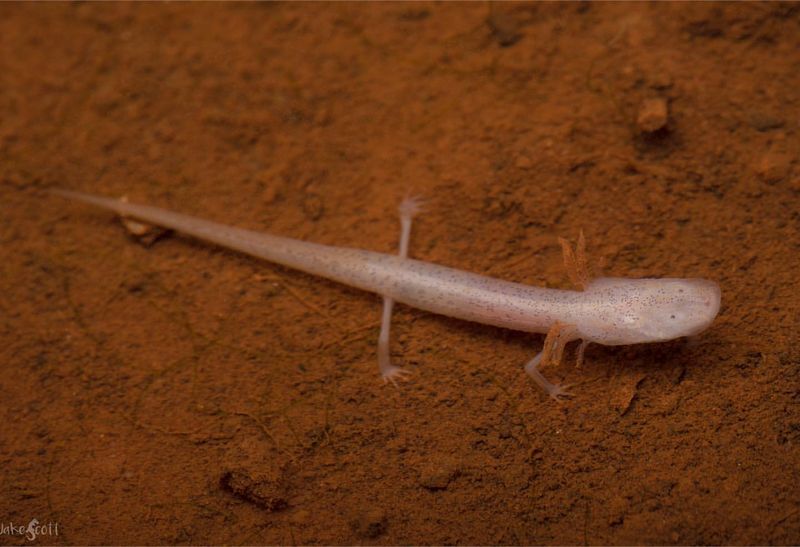
The Texas blind salamander resides in the dark caves and underground aquifers of Texas, USA. This unique amphibian is adapted to life without sunlight, featuring translucent skin and a lack of pigmentation.
Its blindness is compensated by highly developed sensory organs that detect vibrations and chemical cues in the water, helping it locate prey. The feathery external gills of the Texas blind salamander are a striking feature, enabling it to efficiently extract oxygen from the water.
This salamander’s survival in such a challenging environment underscores its remarkable evolutionary adaptations. Its reliance on sensory perception over sight provides a fascinating insight into how species can evolve to thrive in darkness.
3. Blind Cave Fish (Astyanax Mexicanus)
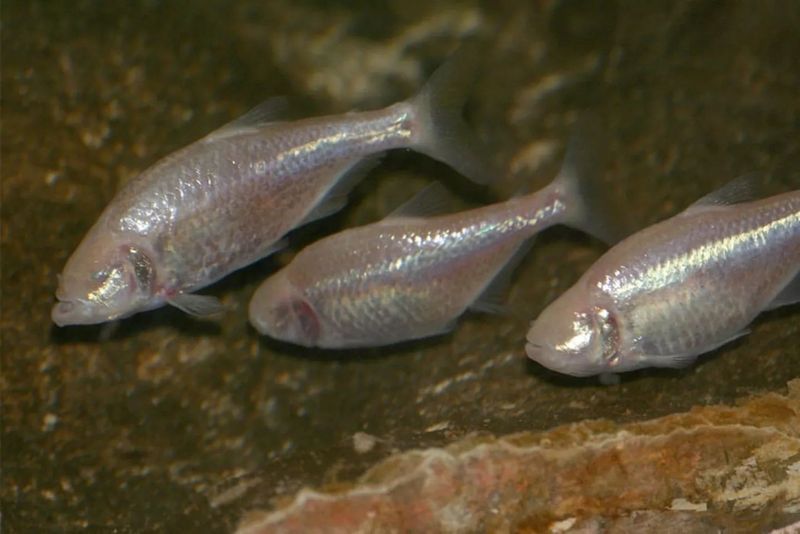
The blind cave fish, known scientifically as Astyanax mexicanus, is a species that inhabits the dark, isolated caves of Mexico. These fish have adapted to their sightless environment by losing their eyes and pigmentation.
The absence of eyes is not a disadvantage for the blind cave fish. Instead, it relies on heightened senses, such as lateral lines, to detect changes in water pressure and movement. This adaptation allows it to navigate and hunt in complete darkness.
The evolutionary journey of the blind cave fish highlights the incredible ways organisms can adapt to extreme environments. By turning a potential weakness into a strength, this fish exemplifies the ingenuity of natural selection.
4. Olm
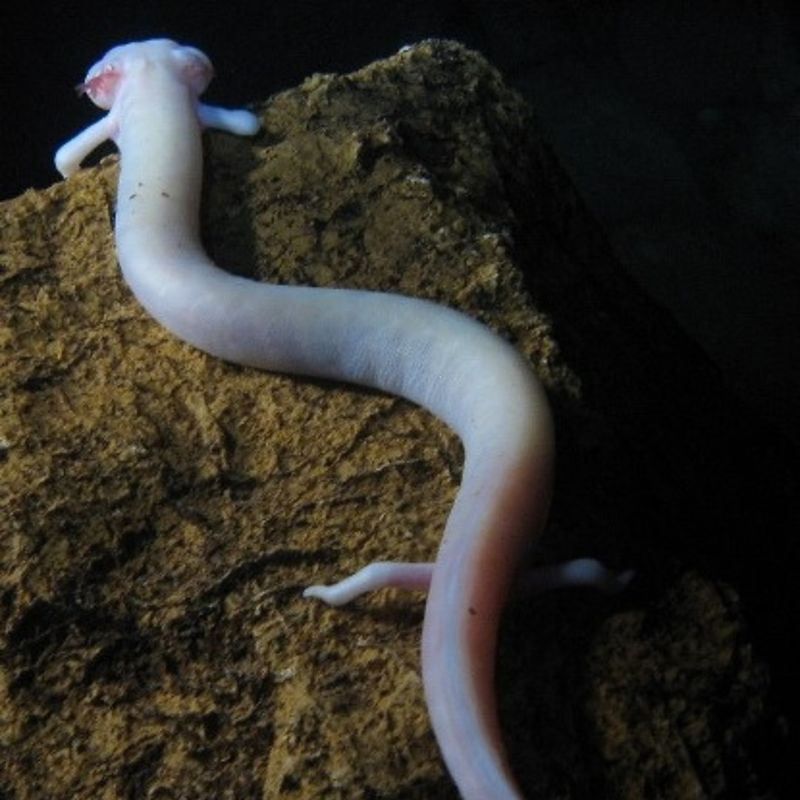
This remarkable amphibian is found in the underwater cave systems of Europe. It is sometimes referred to as the “human fish” due to its pale, flesh-like coloration.
Adapted to life in complete darkness, the olm has evolved to be blind, relying instead on its acute sense of smell and sensitivity to electrical fields to navigate and find food. Its elongated body and reduced eyes are perfect for its subterranean lifestyle.
The olm’s ability to survive without sight in such an inhospitable environment makes it a subject of scientific intrigue, offering insights into evolutionary biology and the adaptation of life to extreme conditions.
5. Kauai Cave Wolf Spider
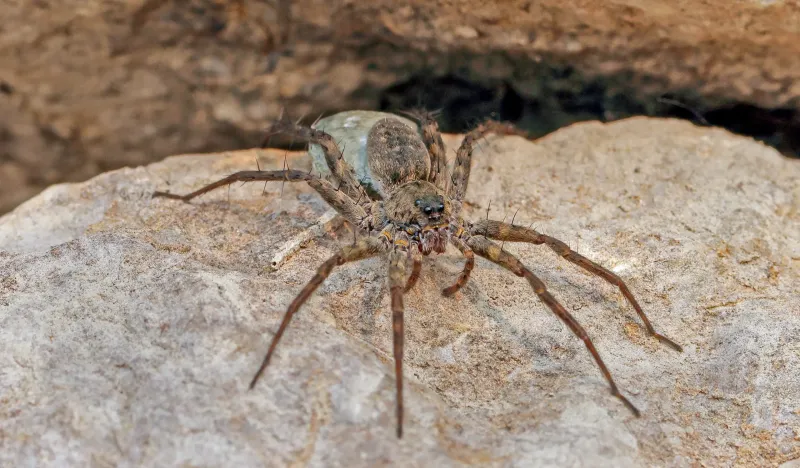
Native to Hawaii, the Kauai Cave Wolf Spider is a fascinating arachnid that has adapted to life in the pitch-black caves of the island. Unlike its surface-dwelling relatives, this spider has completely lost its eyes.
Despite its blindness, the Kauai Cave Wolf Spider is an adept hunter. It relies on its keen sense of touch and vibrations to track down prey within its dark habitat. Its long, sensitive legs are crucial for navigating the uneven cave surfaces.
The spider’s adaptation to a sightless existence highlights the diverse evolutionary paths taken by organisms to survive in isolated and extreme environments.
6. Golden Mole
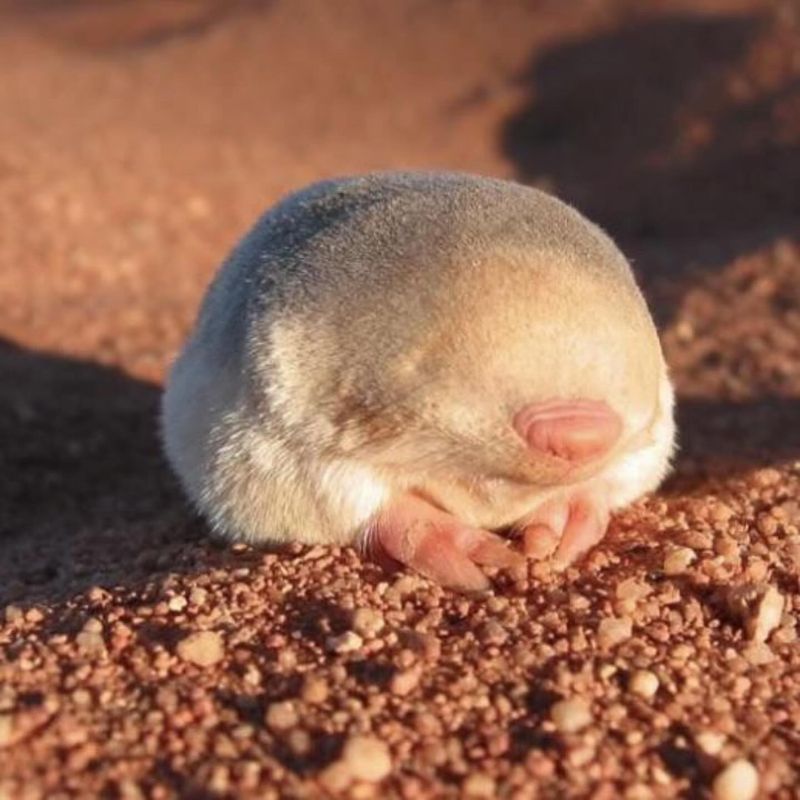
Golden moles are unique mammals found in the arid regions of southern Africa. These creatures are blind, with skin covering their eyes, an adaptation to their underground lifestyle.
Their metallic, iridescent fur reduces friction while burrowing through sand, a critical adaptation for life beneath the surface. The golden mole’s strong, shovel-like claws aid in quickly moving through their desert environment.
These adaptations allow golden moles to thrive in harsh, dry conditions, showcasing nature’s ingenuity in crafting survival strategies for even the most challenging habitats.
7. Blind Velvet Worm
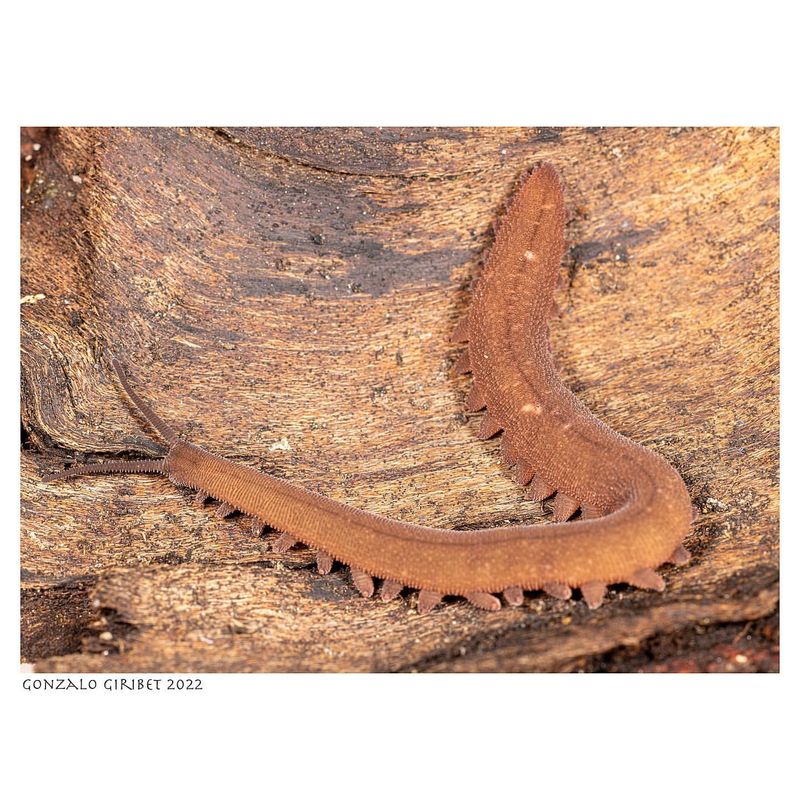
This intriguing invertebrate found in the secluded caves of various continents. These creatures are eyeless, relying on other sensory mechanisms to interact with their environment.
Their antennae are highly developed, allowing them to detect chemical signals and navigate the cave systems they inhabit. The velvet worm’s unique method of hunting involves shooting a sticky slime onto prey, immobilizing it before consumption.
This remarkable adaptation highlights the diversity of life strategies employed by blind animals to survive and thrive in environments devoid of light.
8. Deep-Sea Octopus
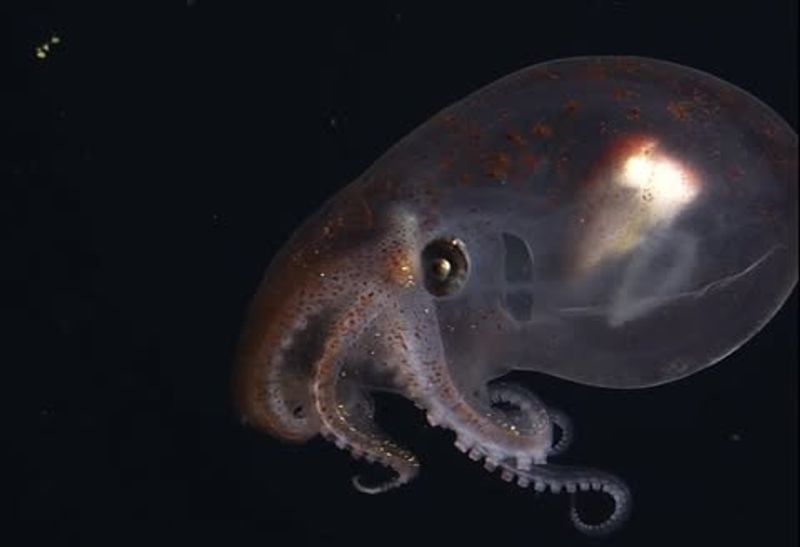
The deep-sea octopus, including species like the Dumbo Octopus, inhabits the dark abyss of the ocean floor. These creatures have developed unique adaptations to survive in such lightless depths.
While not entirely blind, their vision is limited, relying on their other senses and the ability to detect changes in water pressure and chemical signals. Their ear-like fins, resembling Disney’s Dumbo, aid in propulsion through the water.
The deep-sea octopus represents an extraordinary example of adaptation to extreme environments, showcasing the diversity of life forms that manage to thrive where sunlight never reaches.
9. Yeti Crab
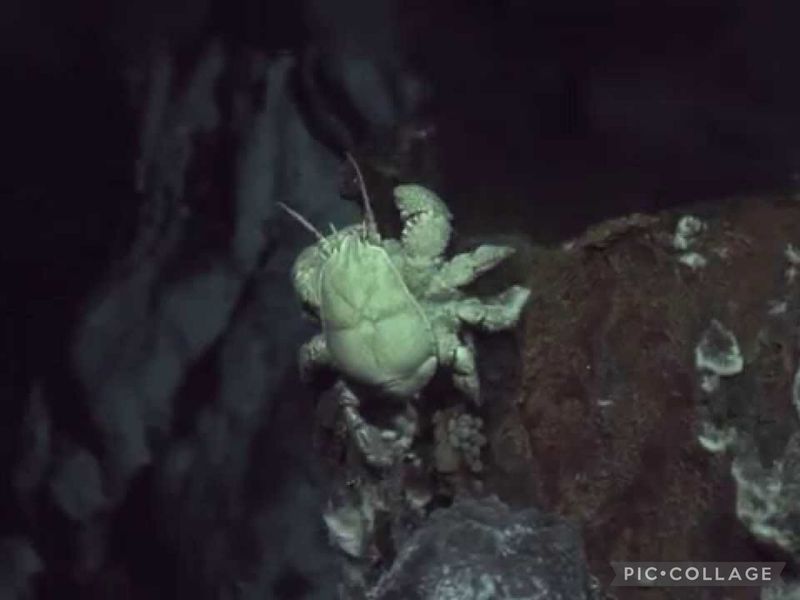
Known for its distinctive hairy claws, the Yeti Crab is a unique crustacean living near hydrothermal vents deep in the ocean. Discovered in the South Pacific Ocean, this crab is adapted to one of the most extreme environments on Earth.
While not completely blind, its vision is limited due to the dark habitat. The Yeti Crab’s hairy appendages are believed to help it cultivate bacteria, which it then feeds on, turning a hostile environment into a sustainable home.
This creature’s adaptations are a striking example of evolutionary ingenuity, enabling survival in conditions that would be inhospitable to most life forms.
10. Blind Snakes
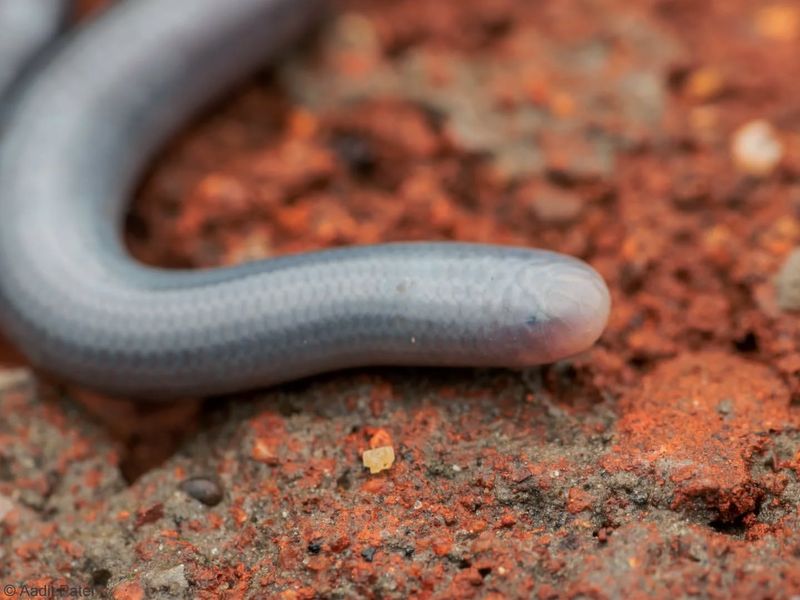
Blind snakes, such as the Brahminy Blind Snake, are small, fossorial reptiles adapted to a subterranean lifestyle. Found in tropical regions worldwide, these snakes have reduced eyes covered by scales, rendering them effectively blind.
Their cylindrical, worm-like bodies allow them to move effortlessly through the soil. They feed on small invertebrates, such as ants and termites, using their keen sense of smell to locate prey.
The blind snake’s adaptations highlight the diverse ways in which life can evolve to exploit specific ecological niches, thriving without the need for sight.
11. Cave Crickets
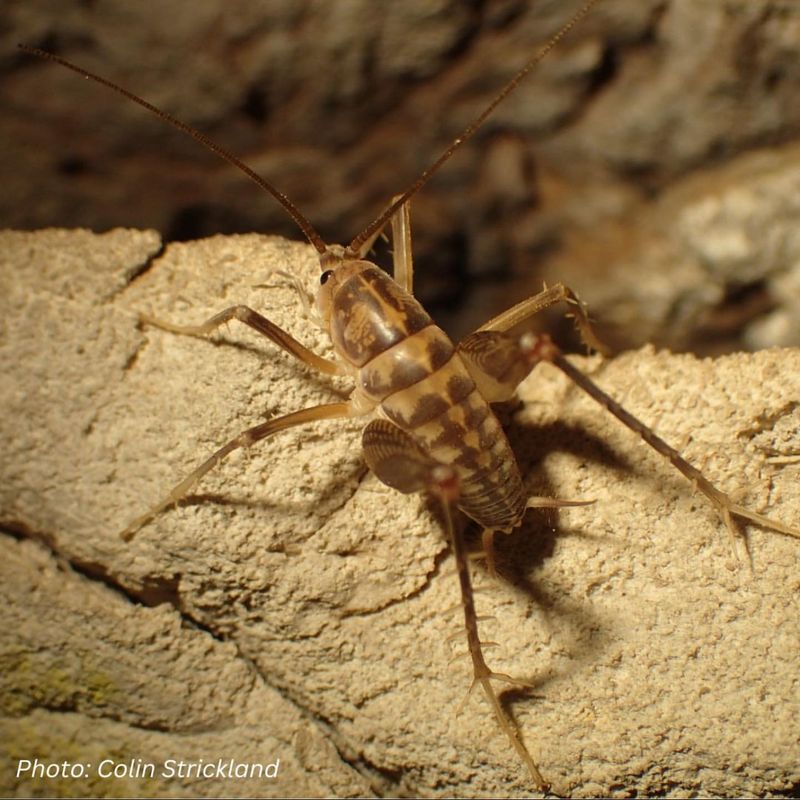
These fascinating insects that have adapted to life in the perpetual darkness of caves. Found across various continents, these crickets have long antennae and a pale, ghostly appearance.
Despite their lack of sight, cave crickets navigate their environment using their antennae to detect changes in air currents and vibrations. These adaptations allow them to find food and avoid predators effectively.
Their ability to thrive in such an inhospitable environment illustrates the remarkable adaptability of life, with evolution providing the tools necessary to survive in darkness.
12. Deep-Sea Eels
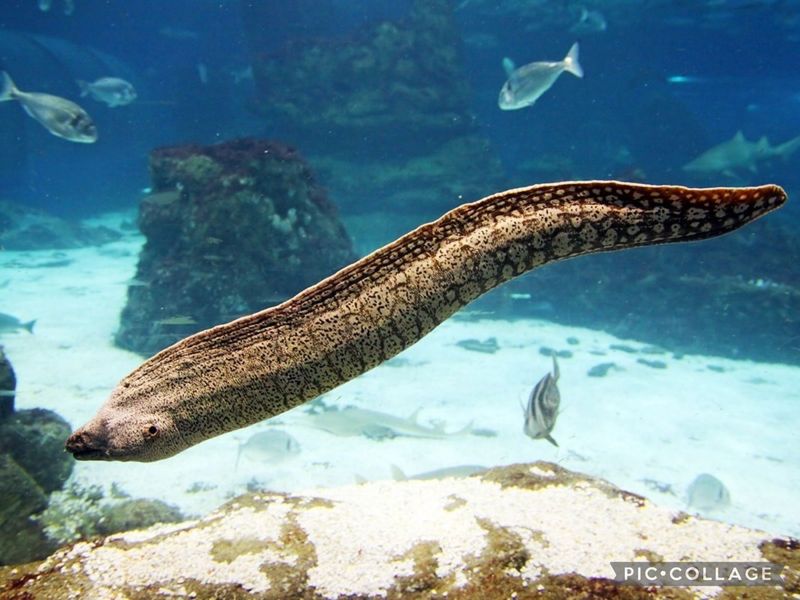
Deep-sea eels inhabit the dark depths of the ocean, where sunlight cannot penetrate. These eels have adapted to low-light conditions, with reduced eyesight that is often compensated by other enhanced senses.
Their elongated bodies and specialized lateral lines help them detect movements and changes in water pressure, enabling them to hunt effectively in near-total darkness.
The survival of deep-sea eels in such an extreme environment is a testament to evolutionary adaptation, showcasing the diversity of strategies employed by marine life to thrive without light.
13. Spotted Blind Shrimp
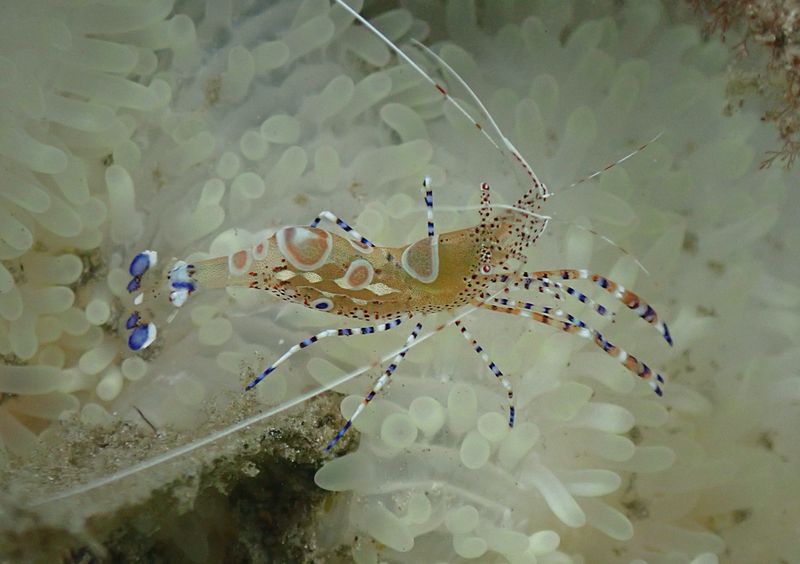
The spotted blind shrimp resides in the dimly lit cave pools of the Pacific. This unique shrimp has adapted to its dark environment by losing its eyes, relying instead on other senses for survival.
Its ability to detect chemical cues and vibrations in the water allows the shrimp to navigate and find food effectively. The distinct spotted pattern on its body distinguishes it within its habitat.
The adaptations of the spotted blind shrimp highlight the incredible capacity for life to evolve diverse strategies to thrive in environments where sight is no longer a necessity.


